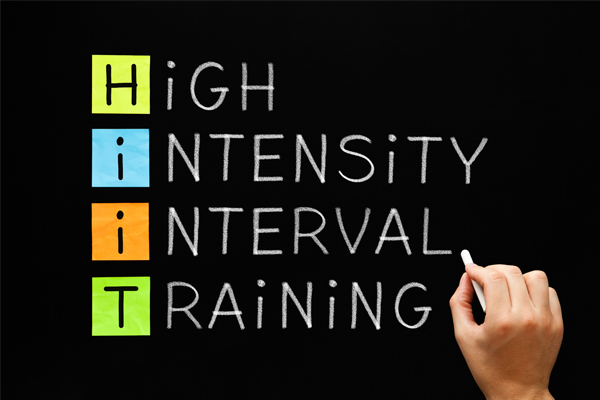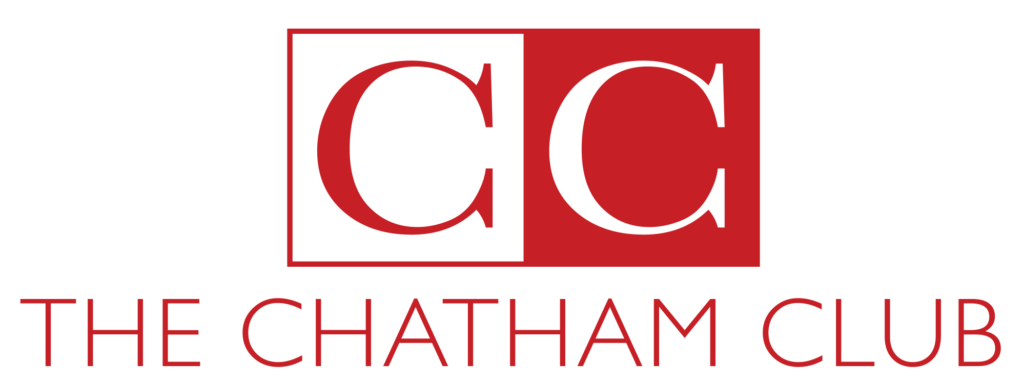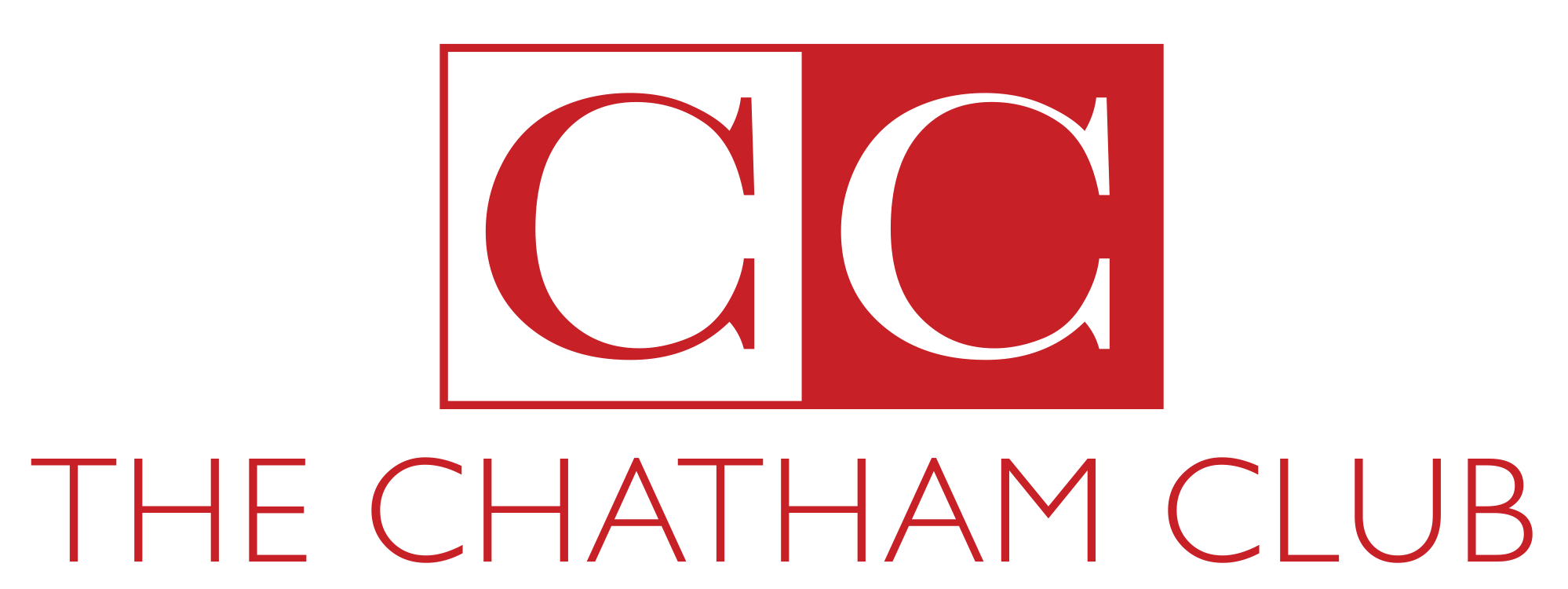Discovering the Magic of HIIT Training
Maintaining your physical fitness is important in protecting your vital organs and maintaining the strength of your muscles. It helps lower the interior fat surrounding your organs, enhancing their functionality. Additionally, it strengthens the cardiorespiratory system, which keeps your blood pumping throughout the body to supply oxygen to your organs. High-intensity interval training, or HIIT for short, is a popular and highly effective type of cardiovascular exercise.

HIIT workouts involve short, fast bursts of intense exercise followed by brief periods of rest or lower-intensity activity. This approach keeps your heart pumping, muscles engaged, and calories burning. Not only does it burn calories and melt away fat, but it also boosts your metabolism, improves your cardiovascular health, and increases your endurance.
Incorporating HIIT into Your Fitness Routine
The HITT approach keeps your body guessing, preventing it from getting too comfortable and hitting that plateau. With HIIT, you’re constantly challenging yourself and pushing your limits. HIIT workouts not only blast through fitness plateaus, but they also improve cardiovascular health, boost metabolism, and burn calories like nobody’s business. It can be done in a fraction of the time compared to traditional steady-state cardio, making it perfect for those with busy schedules. HIIT is a game-changer for anyone seeking efficient and effective workouts.
Boosting Metabolism
One of the most significant benefits of HIIT training is its ability to ramp up your metabolism during and after your workout. Unlike steady-state cardio, which only burns calories while you’re exercising, HIIT causes an effect known as excess post-exercise oxygen consumption (EPOC). This means your body continues to burn calories at an elevated rate even after your workout.
Improving Cardiovascular Health
By challenging your heart and lungs with intense bursts of activity, HIIT helps to strengthen your cardiovascular system, increase your lung capacity, and improve your overall endurance. This can lead to a reduced risk of heart disease, lower blood pressure, and improved circulation, aiding in a healthy and strong heart.
Building Lean Muscle
By incorporating bodyweight exercises, resistance training, or plyometrics into your HIIT workouts, you can target multiple muscle groups simultaneously, helping you sculpt a lean, toned physique.
Increasing Endurance
HIIT training is an effective way to boost your endurance and stamina. HIIT teaches your muscles to work more efficiently and delays the onset of fatigue, allowing you to go harder and longer during your workouts. Your breathing and heart rate rise significantly during the high-intensity intervals, which helps to improve your aerobic capacity, also known as VO2 max. Your aerobic capacity is the maximum amount of oxygen your body can use during intense exercise.
Promoting Weight Loss
Of course, one of the most sought-after benefits of HIIT training is its ability to promote weight loss and fat loss. By combining high-intensity exercise with short rest periods, HIIT creates a powerful metabolic effect that helps you burn calories and shed pounds more efficiently than traditional steady-state cardio.
HIIT Training for Fitness Plateaus
Many of us hit a wall at some point, frustrated when our progress stalls and our goals seem out of reach. Although reaching a fitness plateau is common, you don’t have to stay there. Plateaus occur when your body adheres to your current exercise routine, making it less effective. When your body adjusts to the demands of your current workout program, progress levels out, and you reach a plateau in your workouts. This can be frustrating, but it’s a natural part of the fitness experience. For those of you in a workout plateau, HIIT offers a new challenge, new exercisers, and a quicker way to break those barriers stronger.
Here are some equipment and training styles you can use at the club as part of a HIIT training program.
- Bodyweight workouts
- Strength training exercises (dumbbells, kettlebells, bands)
- Treadmill sprints
- Stationary bike sprints
- Rower sprints
- Ski-Erg sprints
- Boxing rounds
- Battle Ropes
- Sled pushes and pulls
Also, check out our Treadmill, HIIT, and H.E.A.T. class for an amazing HIIT workout. To view our group class schedule, click here.
If you are starting off, choose simple exercises targeting large muscle groups, like squats, lunges, or jumping jacks. Then, alternate between periods of maximum effort and rest, aiming for a ratio of around 2:1 (e.g., 30 seconds of work followed by 15 seconds of rest). As you get more comfortable, you can gradually increase the intensity and duration of your workouts. You can also jump on the treadmill for a HIIT workout. Try running as fast as possible for 30 seconds and then walking for 90 seconds. Repeat that two-minute interval ten times for a challenging 20-minute workout. For the more advanced workout, shorten your rest time in between runs. You’ll be shocked at how beneficial the quick workout can be.
Proper form is important in HIIT training, so take the time to learn each exercise correctly. Focus on engaging the right muscles and moving with control. Remember to listen to your body if something doesn’t feel right, back off, and modify the movement as needed. Doing fewer reps with perfect form is better than pushing through pain and risk of injury.
Incorporating HIIT workouts into your routine will challenge your body in new and exciting ways and achieve results you never thought possible. As always, our personal trainers can help you with any questions.

